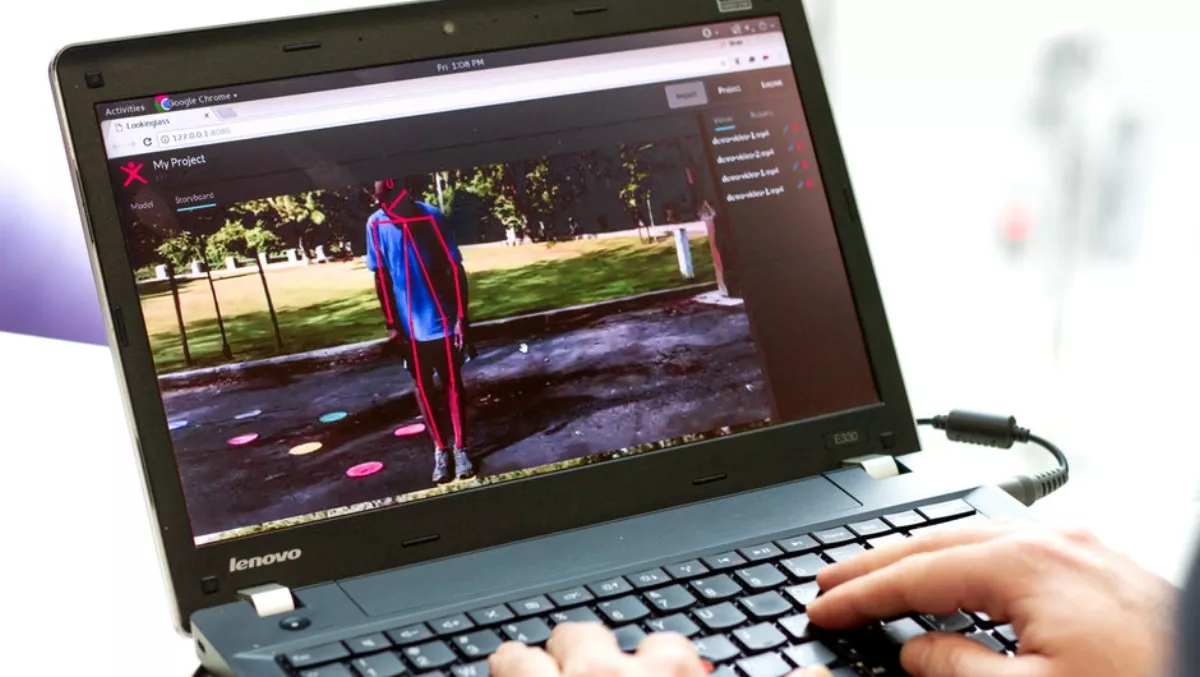
New app uses AI to detect early-stage Parkinson’s
A South Australia startup, Lookinglass, based at UniSA's Innovation - Collaboration Centre has today released an artificial intelligence (AI) web app that can detect early-stage Parkinson's disease.
Users simply upload a video recording and while it uploads, the computer vision system simultaneously uses AI to track movement and compares it with known Parkinson's symptoms.
A report is created almost instantly.
Newly appointed CEO Kelly Carpenter says the app comes as a welcome improvement to current telehealth technologies, especially for occupational therapists working with patients in remote areas.
"The problem for occupational therapists is in the ability to remotely assess patient movement using manual technology," she says.
"Our solution removes the manual effort for diagnosis and reduces error caused by ineffective communication technologies.
So far, the software platform has been tested with 16 occupational therapists and at nursing homes in South Australia.
Lookinglass made headlines in February, with the announcement of its upcoming smart mirror. The mirror acts as an extension of the app, which simplifies the assessment process for occupational therapists.
The software will be integrated with the smart mirror as a real-time video-based diagnostic tool, designed for ongoing interaction in the home and the monitoring of symptoms over time.
"We want to help communities that need it the most by removing the barrier to accessing expert healthcare," Ms Carpenter says.
Lookinglass Chief Technology Officer Simon Cullen says he created the app to reach older Australians with an easy solution.
"It's difficult for people in remote locations to access telehealth solutions and Parkinson's disease makes it especially difficult for users to be able to push a button or press a touch-pad," he says.
"Our mirror will remove these barriers to accessing expert healthcare.
The potential for this product has wide-reaching applications, especially for those who are isolated, living without assistance or in remote and regional areas.
Lookinglass' website shows a conceptual video of the mirror in use. The video demonstrates a range of potential applications in fitness, health and wellness beyond the product's initial purpose.
Cullen indicated that as interest for the technology has grown, so too has the enthusiasm for the ways it could be used.
The Lookinglass team aim to have an advanced prototype of the mirror ready by the end of the year.


